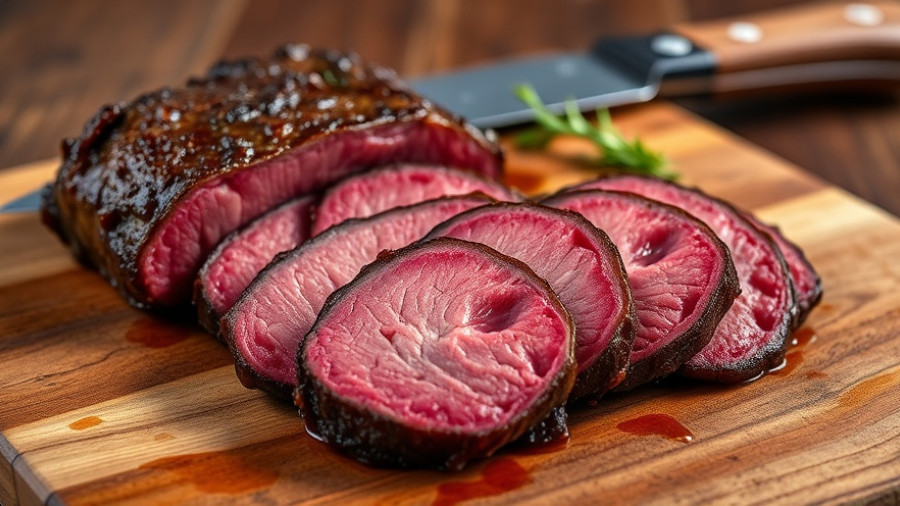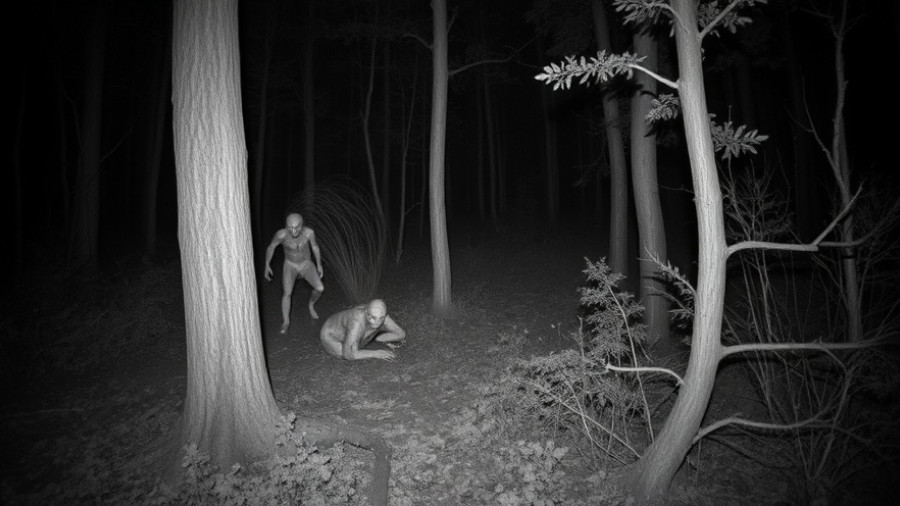
Unlocking the Flavor: Old-School Venison Cooking Tricks
If you’re a homeowner in the MidSouth, fresh venison may be a tempting addition to your table. Traditionally viewed as a tough and gamey meat, with the right old-school cooking techniques, you can transform this wild game into tender, flavorful dishes that everyone will love. Let’s delve into methods that both respect the natural qualities of venison and highlight its unique flavors, making it a staple in your healthy lifestyle.
Understanding Venison: A Delaware’s Gift to Your Plate
Venison refers specifically to meat from deer, but it encompasses various cervids such as elk and moose. This red meat is noted for its health benefits—low in fat and cholesterol and rich in essential vitamins like B6 and B12, as well as omega-3 fatty acids. While preparing venison, remember: it must not be cooked like your typical beef! Because venison is leaner, it cooks faster and can easily become tough if overcooked.
The Art of Aging: Enhancing Tenderness Naturally
Aging venison can significantly enhance the tenderness and flavor of the meat. There are two main methods: dry aging and wet aging. Dry aging involves keeping the meat in a controlled environment for about 7-14 days, allowing the natural enzymes to break down tough connective tissues. Alternatively, wet aging involves vacuum-sealing the meat and refrigerating it for several days. Proper aging gives venison its distinct flavor while ensuring it stays juicy when cooked.
Enhancing Flavor: Simple Seasoning Goes a Long Way
Lady and gentleman, there’s no need to drown your venison in complex marinades and sauces! The best flavor comes from simple seasonings that allow the natural taste of venison to shine through. Salt and freshly cracked black pepper can form a robust base, and if you’re feeling adventurous, adding herbs like rosemary or thyme introduces aromatic notes that elevate the dish. A quality venison backstrap cooked to medium-rare is a delicacy in its own right.
Cooking Techniques: Tailoring Methods to Cuts
Different cuts of venison will require different cooking techniques. The tender cuts like the tenderloin or backstrap are best served rare to medium, while tougher cuts—like those from the shoulder or neck—benefit from long, low cooking methods such as braising. Cooking these cuts for several hours allows the collagen to dissolve into gelatin, resulting in tender, flavorful meat. Consider a slow cooker or Dutch oven for these tougher cuts, ensuring you hit the ideal temperatures to extract maximum flavor.
Why Not Get Creative? Recipes You’ll Love!
Tired of the same old meals? Why not try new recipes that incorporate venison creatively? Think venison tacos, savory venison burgers, or even a hearty venison stew that makes the most of those tougher cuts by marrying them with veggies and spices for a filling comfort food option. The possibilities are endless!
Delightful Benefits of Hosting a Venison Dinner
Besides being a delicious and nutritious meal option, hosting a dinner featuring venison can promote community bonding, encourage home cooking, and highlight the fulfillment of using locally-sourced ingredients. Sharing meals with neighbors or family can fortify relationships and foster a strong sense of community among those who prioritize health and wellness.
Final Thoughts: Take Action and Embrace the Wild
As you consider incorporating venison into your diet, why not take the first step by exploring local hunting events or visiting local markets where you could purchase ethically harvested venison? It’s an exciting way to engage with your community while enjoying health-conscious meals that support sustainable living. Remember, cooking is as much about creativity as it is about technique—so don’t hesitate to experiment and enjoy the process!
Incorporate these old-school cooking tricks into your kitchen repertoire, and you’ll not only make venison delicious but also engrain it as a delightful, healthy addition to your lifestyle.
 Add Row
Add Row  Add
Add 



Write A Comment